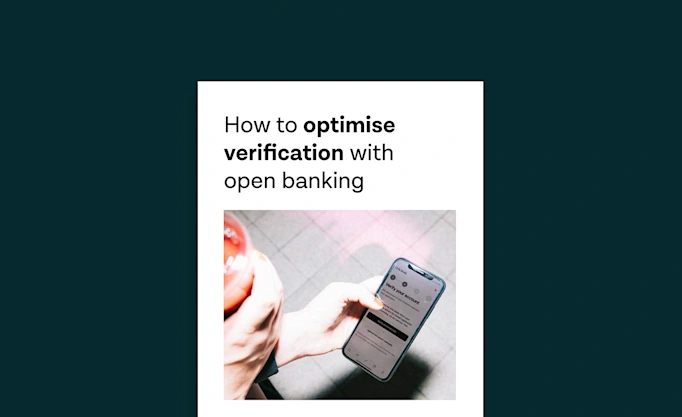What we learned from demoing 50 prototypes in less than a year

In the last year, we’ve learned the power of “show, not tell”. We built 50 prototypes to show 50 prospective customers what they could do with our tech – and we learned a few things along the way. The biggest lesson? How the right demo can distill a three-hour sales meeting into just 15 minutes.
The “aha” moment of actionable insights
The talk about the open banking movement – beyond just the regulation – is often about how it will empower consumers to manage their money in a better way. But the impact on the banks’ bottom line is still uncertain. We address this challenge by kicking off our demos with a personal finance management feature (PFM) we’re building called Actionable Insights.
The idea behind Actionable Insights is to offer bite-sized recommendations powered by machine-learning algorithms that continually learn from a wealth of financial data, user preferences and recurring behaviour to help people optimise their finances, one step at a time.
When we’re demoing this feature, there is often an “aha” moment in for our prospects. Not only does it demonstrate how easy it is for them to offer relevant, actionable, data-driven advice – but it shows them the potential they have to transform the way they acquire customers.

A prototype of an actionable insight offering a customer better loan terms.*
Building loyalty
Banks need to wow their customers with a great experience in order to give users a reason to stay. That’s where services like PFM come into play. By offering insights and putting everyday finances on autopilot, banks can become a customer’s trusted advisor and gain loyalty.
Demoing these advisory features is where the long-term value of partnering becomes apparent. Because as banks offer up actionable suggestions, customers not only become more satisfied with their financial life – they become more satisfied with the bank for helping them do so.

Value of the right brand identity
If you’re seeing a feature that has another business’ user interface, it’s easy to brush it off the technology as only working for them. We often hear from prospects that their platforms have specific tech stacks and customisations – and objections arise as to how certain functionality would work in their ecosystem.
To eliminate these doubts, we demo the tech using their brand identity – every colour, logo and image mirrors the design of their app.
This helps to remove the prospects’ mental hurdle. The features aren’t proprietary – it’s a tangible way for their business to offer more personalised services. While the difference might sound arbitrary (the implementation still needs to be done), it shows the value of speaking the same visual language.

Design thinking moves up to the C-suite
We often find ourselves demoing these prototypes to the C-suite, talking to them about user flows that remove friction. And when a service can showcase this kind of potential in a 15-minute visual demonstration, people take notice.
After showing our initial prototypes, we soon get a “champion” that spreads our demos internally like wildfire. This is something that wouldn’t have happened just a few years ago. Not only is it is a true testament to the value of design, but it demonstrates how open banking is making us more customer-focused as an industry.
*The images shown are not representative of any final product, but are prototypes of Tink technology.
More in Product

2025-10-07
7 min read
Beyond instant: Building reliable Pay by Bank payments
As instant payments roll out across Europe, merchants still face challenges with reliability and settlement. Our Smart Routing and Risk Signals products provide a reliability layer for Pay by Bank, optimising payment routes and blocking likely-to-fail transactions.
Read more

2025-02-06
6 min read
Introducing User Match: Built-in name verification to make security fast and easy
Discover how the latest feature of our verification products, User Match, is improving security by verifying users' names when adding bank accounts, reducing fraud and enhancing account protection.
Read more

2025-01-15
1 min read
Guide – How to optimise verification with open banking
Download our new account verification guide to learn how to streamline your operations, reduce risk, and enhance customer experience with the help of open banking-powered solutions.
Read more
Get started with Tink
Contact our team to learn more about what we can help you build – or create an account to get started right away.
